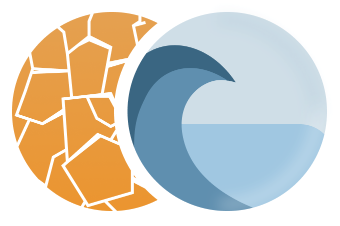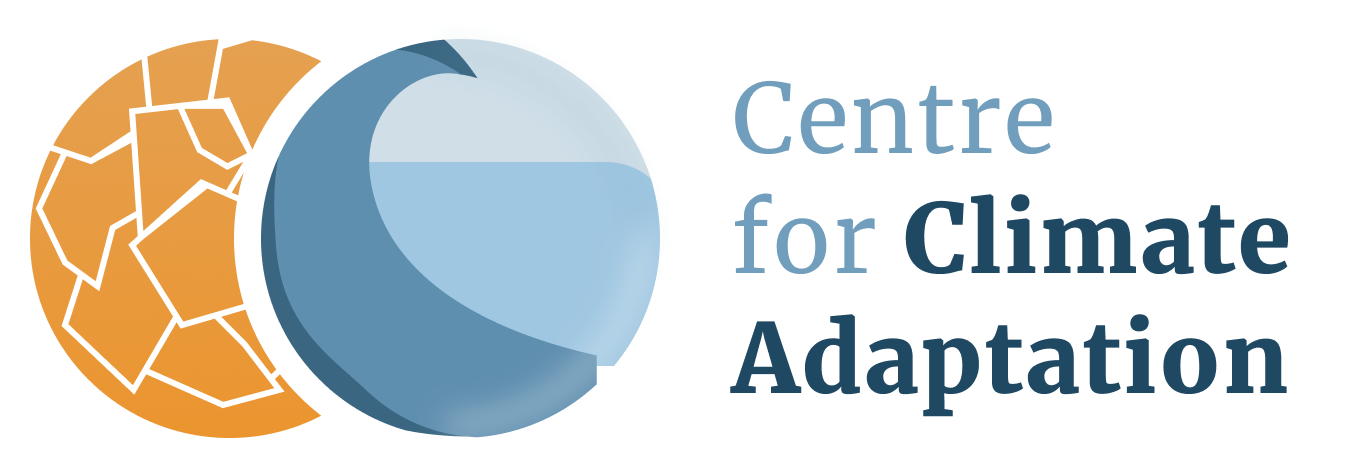Denmark
Biodiversity
Biodiversity in numbers
More than 66% of the land is used for agriculture or horticulture. Woodlands take up 11%, while towns, roads and scattered habitation take up 10%. The rest is nature or listed areas such as lakes, watercourses, heaths, dunes and beaches. In relation to its size, Denmark is home to a wide variety of flora and fauna - in all, about 30,000 species (1).
Vulnerabilities - General
Overall, it is estimated that limited changes in the climate may lead to greater biodiversity. Both freshwater and marine ecosystems are sensitive to climate change. At the moment it is not possible to estimate the total impacts.
We can generally distinguish between three types of climate impacts (2):
- increased biological production as a result of higher temperatures and longer growing seasons;
- increased nutrient load and thus increased overgrowth and oxygen depletion of Danish waters as a result of increased precipitation and changed precipitation patterns;
- increased erosion and flooding of low-lying coasts, tidal areas and river valleys as a result of sea level rise, increased precipitation and altered precipitation patterns.
The effects will generally mean that a number of nature types and species will be weakened, disappear or become extinct, because they do not have the possibility of moving to other areas or time to adapt. Ecosystems will be less stable and thus more vulnerable to invasive species, diseases and altered competition among species (2).
Vulnerabilities - Terrestrial biodiversity
In the short run it is estimated that limited changes in the climate will generally mean that a number of nature types and species currently in Denmark will be weakened, disappear or become extinct, because they do not have the possibility of moving to other areas or time to adapt. In the short, this could mean that certain ecosystems could be less stable and thus more vulnerable to invasive species. However in the long run climate change could mean a slight increase in the overall species diversity in Denmark, provided that the sea level only rises slightly and that the species south of the border are actually able to spread northward. Some species could no longer be present and other species could arrive (4).
Vulnerabilities - Marine biodiversity
An increase of the runoff from land areas is projected of the order of 10% in the period December to April (1). A bigger runoff in the entire Baltic region could make the surface layers in the inner Danish waters less saline. In combination with changed wind conditions and increased run-off of nutrients, this could present a risk of negative consequences for marine ecosystems and commercial fish stocks in the form oxygen depletion (1,4).
Salmon and trout, whose eggs and larvae develop in running water (e. g., streams, rivers) will be particularly sensitive to temperature changes, and reproductive success of cod in the eastern Baltic will also be affected by hydrographic changes caused by climate change. Warmer temperatures can promote the abundance of new species, such as anchovy and hake, which could open new fishery possibilities, but warmer temperatures will also promote new types of pathogenic bacteria and toxic algae, which can threaten fish and shellfish populations as well as human food supplies from the sea. These impacts also apply to sea culture of rainbow trout, which may no longer be feasible in Danish waters due to rising temperatures. In addition, acidification of the oceans can be a significant threat against wild mussel and other shellfish populations, as well as their sea-based culture (4).
Baltic Sea
The Baltic Sea today suffers from eutrophication and from dead bottom zones due to (6,10)
- excessive nutrient loads from land,
- limited water exchange with the world ocean and
- perhaps other drivers like global warming.
The impact of excessive nutrient loads is the most important driver. Without elevated nutrient concentrations, hypoxia would not have occurred during the twentieth and twenty-first centuries (9).
Model simulations (6) suggest that global sea level rise will cause increases in
- frequency and magnitude of saltwater inflows,
- salinity and phosphate concentrations in the Baltic Sea as a direct or indirect consequence of increased cross sections in the Danish straits, and will contribute to
- increased hypoxia and anoxia amplifying the previously reported future impacts of increased external nutrient loads due to increased runoff, reduced oxygen flux from the atmosphere to the ocean and intensified internal nutrient cycling due to increased water temperatures in future climate (7).
Although sea level rise will cause more intense inflows of high saline, oxygen-rich water, hypoxic bottom areas will increase because of increased stratification (6).
The combined impact of changing nutrient loads from land and changing climate during the 21st century for the Baltic Sea region has been assessed, for a moderate (RCP 4.5) and high-end scenario (RCP 8.5) of climate change (8). The scientists found in almost all scenario simulations, with differing nutrient inputs, reduced eutrophication and improved ecological state compared to the reference period 1976-2005. This result is a long-lasting consequence of ongoing nutrient load reductions since the 1980s. Only in case of combined high-end nutrient load and climate scenarios, eutrophication is reinforced. Effects of changing climate, within the range of considered greenhouse gas emission scenarios, are smaller than effects of considered nutrient load changes, in particular under low nutrient conditions. Hence, nutrient load reductions following the Baltic Sea Action Plan will lead to improved environmental conditions independently of future climate change (8).
Vulnerabilities - Fresh water biodiversity
The consequences of extreme temperature increase (a 6°C increase around the 22nd century relative to 1986−2005) for water quality of Danish lakes has been assessed. Model projections for this scenario suggest that annual water runoff will increase (46%), increasing nitrogen and phosphorus loads into these lakes (13 and 64%, respectively). Because of this, phytoplankton biomass would increase (eutrophication) and potentially toxin-producing cyanobacteria could become a dominant feature of the phytoplankton community from spring (5).
Adaptation strategies
A number of efforts in the nature management area of great significance for adaptation to climate change are already underway and should enjoy continued priority. This applies especially to (2):
- conversion of selected river valleys to natural wetlands with extensive land use and care;
- targeting of mechanisms in a number of areas, for example, preservation, Natura 2000 planning, water planning, nature restoration and subsidies to achieve better coherence in nature;
- the action plan on invasive species, which includes analysis of efforts required in light of climate change and recommendations for preventative efforts, efforts in relation to known invasive species and a proposal for allocating tasks in implementing programmes.
The Water Framework Directive's relatively short time scale for evaluating fulfillment of environmental goals with respect to the long-term perspective on climatic effects provides a sufficient basis to be able to initiate an effort that will take climatic effects into account (2).
There is an ongoing debate on the controversy between nature conservation and protection of land. The near-shore and shallow marine areas constitute “responsibility landscapes”, and it is argued that future use of these areas, including built-up, should allow a retreat of relevant ecosystems in the case of increased sea level and coastal erosion. Already some marginal areas have been given up. In other cases sedimentation has so far been able to keep pace with the sea level rise (3).
References
The references below are cited in full in a separate map 'References'. Please click here if you are looking for the full references for Denmark.
- Danish Ministry of the Environment (2005)
- Danish Government (2008)
- Fenger (2000)
- Danish Ministry of Climate and Energy (2010)
- Trolle et al. (2015)
- Meier et al. (2017)
- Meier et al. (2011), in: Meier et al. (2017)
- Saraiva et al. (2019)
- Meier et al. (2019)
- Hepach et al. (2024)




